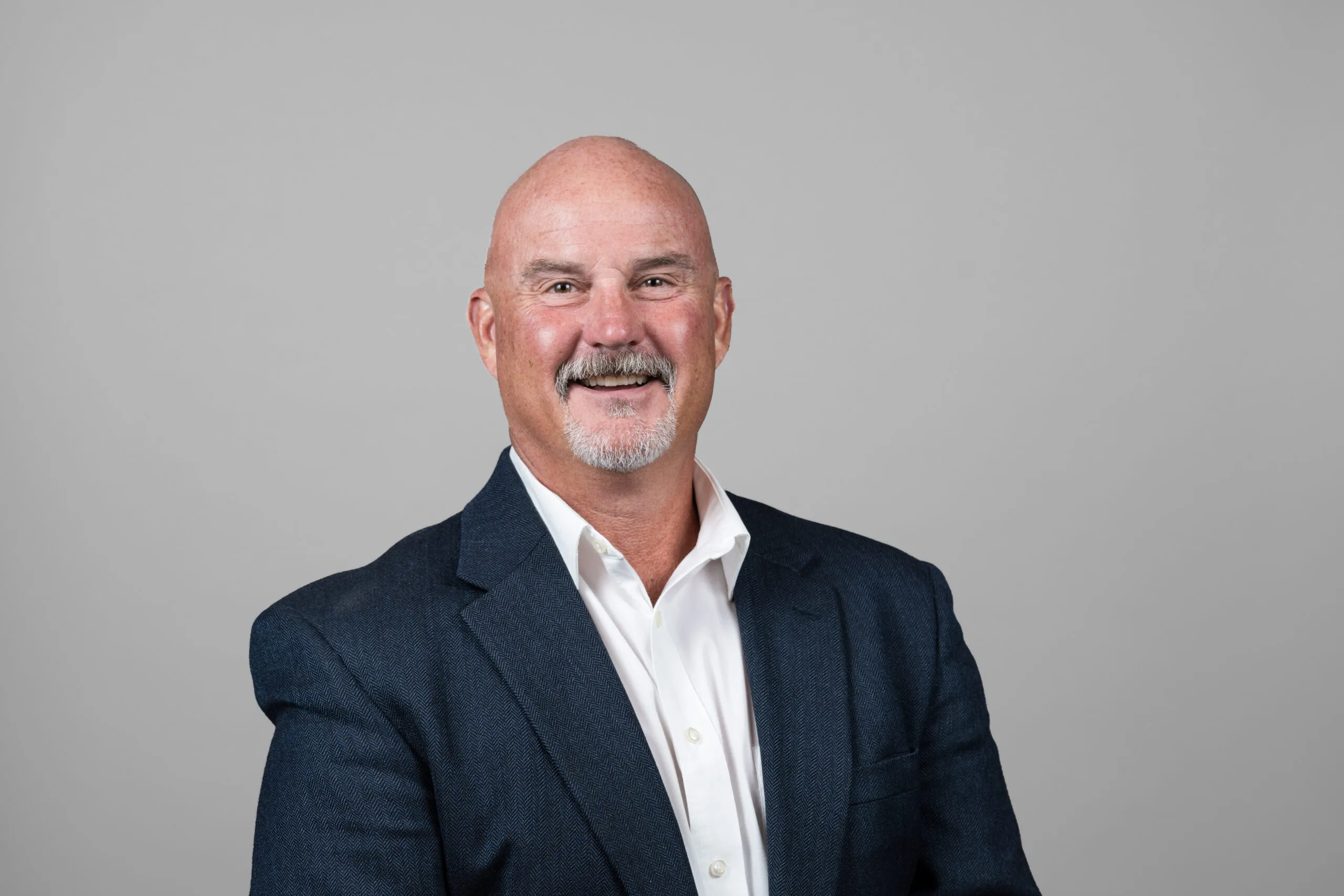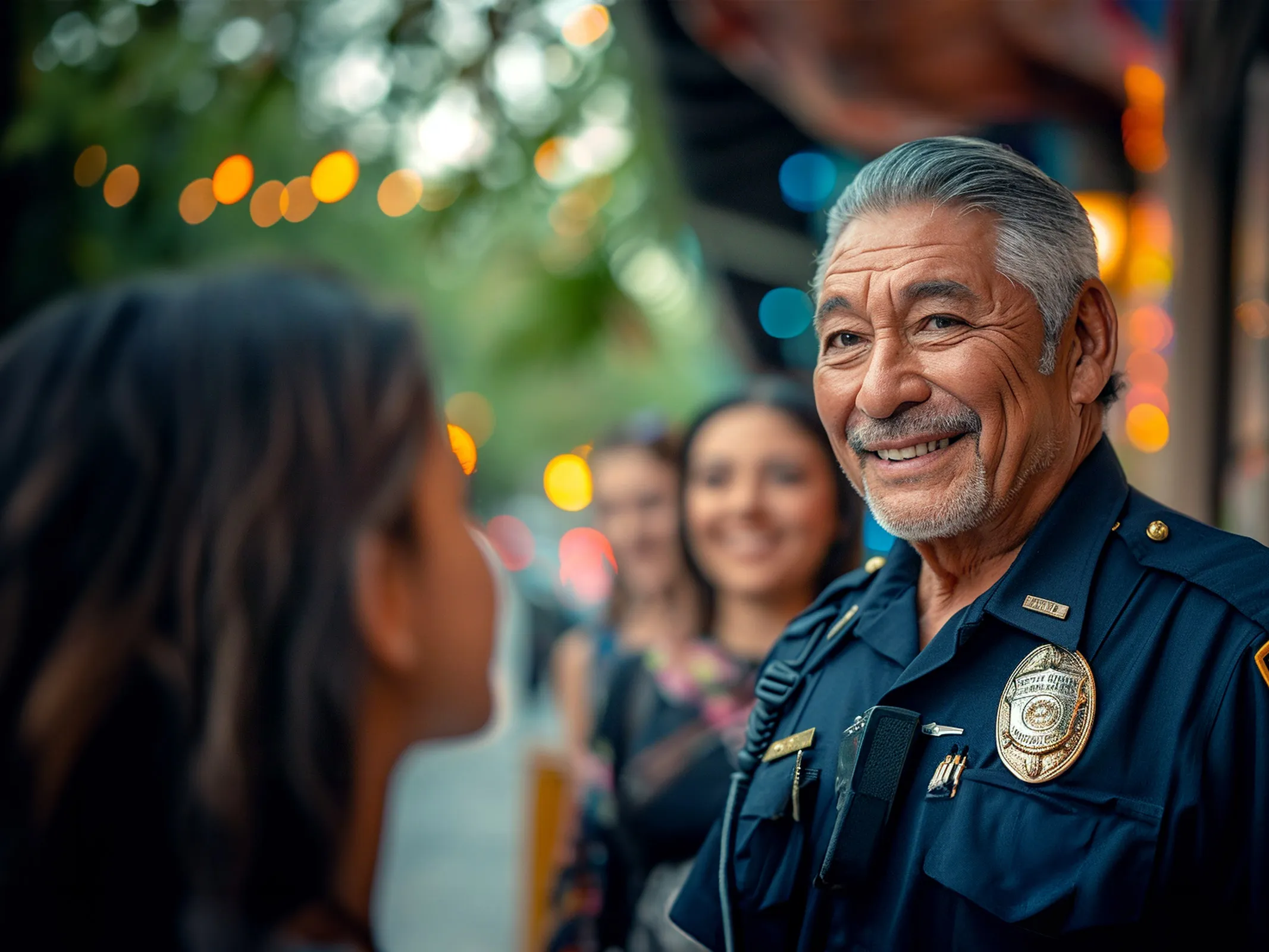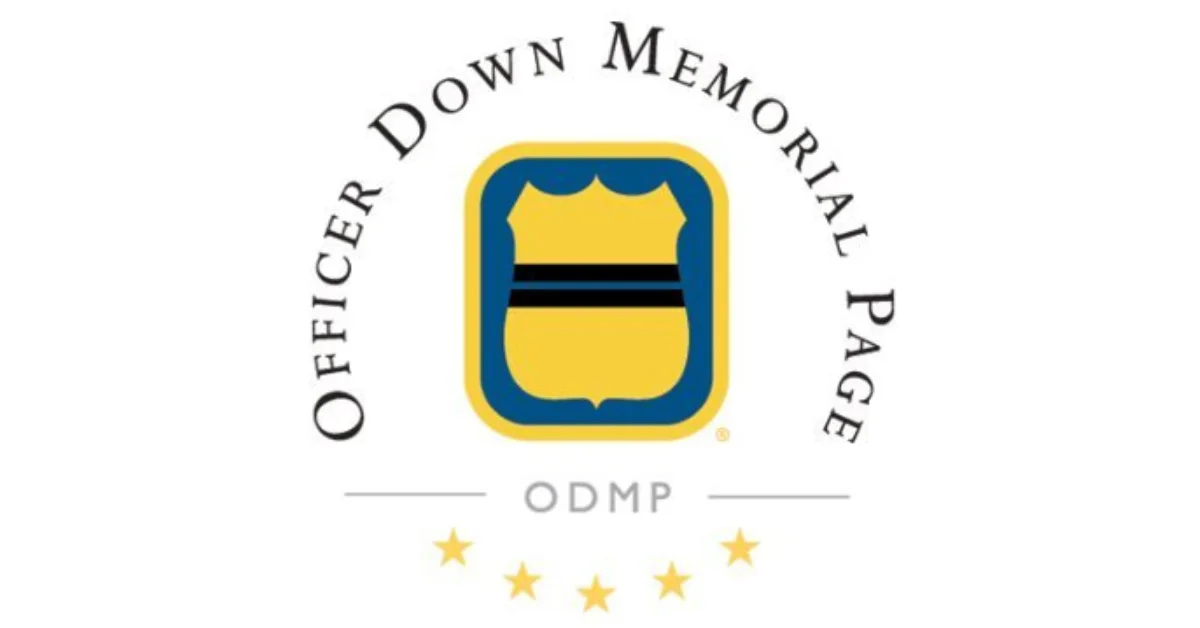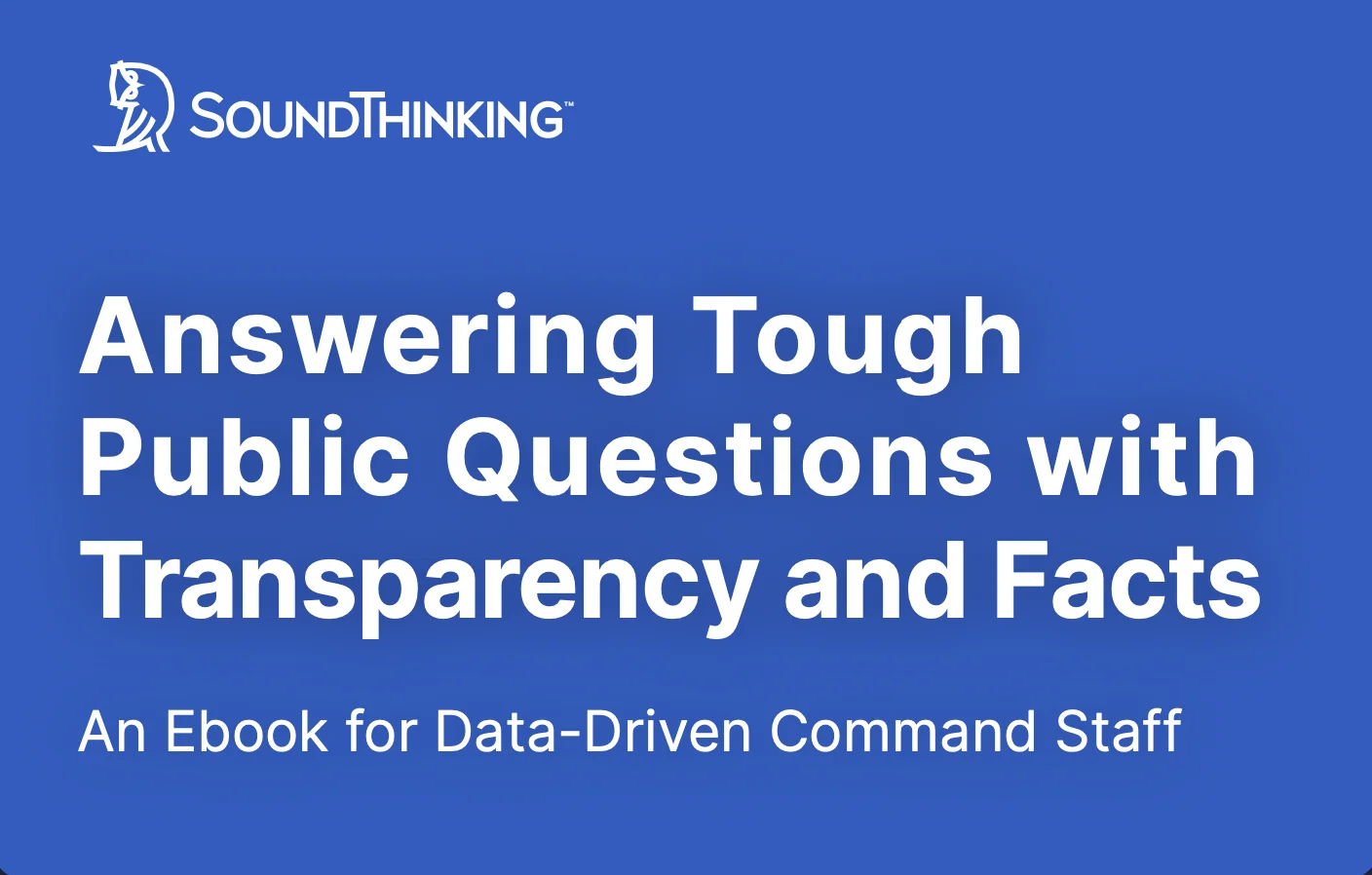Alongside 16,000 public safety professionals, we attended this year’s IACP (International Association of Chiefs of Police) Annual Conference and Exposition, to discuss key issues at the forefront of the agenda of law enforcement in the US. The presentation “Officer-Involved Shootings: Lessons Learned and How Agencies Can Best Prepare, Manage, and Withstand These Critical Incidents,” provided critical insight and information for agencies on resilience and response to officer-involved shootings. The impact of such incidents extends well beyond the individuals involved, it reverberates through the police department and the wider community. As such, it is critical that agencies and officers are equipped in advance with the knowledge and strategies required to manage such tragic events.
During this panel, Jeremy Warnick from the Cambridge Police Department in Massachusetts, Mark Economou from the Boca Raton Police Department in Florida, and Taylor Merriss from the Evansville Police Department in Indiana each discussed such incidents from their respective agencies. They emphasized the lessons learned from each tragedy, identified potential challenges and opportunities, and provided a variety of recommendations for rebuilding trust within communities. The talk also covered effective strategies for engaging with the media, wellness strategies, and best practices for Public Information Officers (PIOs) and those responsible for managing agency communications.
While strategies may differ based on the circumstances of the incident, departmental response to officer-involved shootings can be loosely divided into two stages:
1. Proactive Preparation
- Preparation and Training: Develop internal policies and procedures for responding to officer-involved shootings before they happen.
- Crisis Communication Plan: Establish a clear communication plan for public and media relations in the event of such an incident. This includes planned responses for media outlets and a range of approaches to take on social media platforms.
- Positive Stories Now: Communicate positive stories about your agency as they happen, this will encourage confidence and help build strong relationships with your community.
2. Considered Response
- Take Immediate Action: Get the PIO involved as early as possible; if possible, at the scene. Waiting can cause public unease.
- Follow Plans and Policy: Always follow the law and your policy, particularly with regard to the release of records.
Ultimately, having a well-thought-out response and strategy in place is essential for law enforcement agencies to effectively handle officer-involved shootings while prioritizing transparency and accountability.





